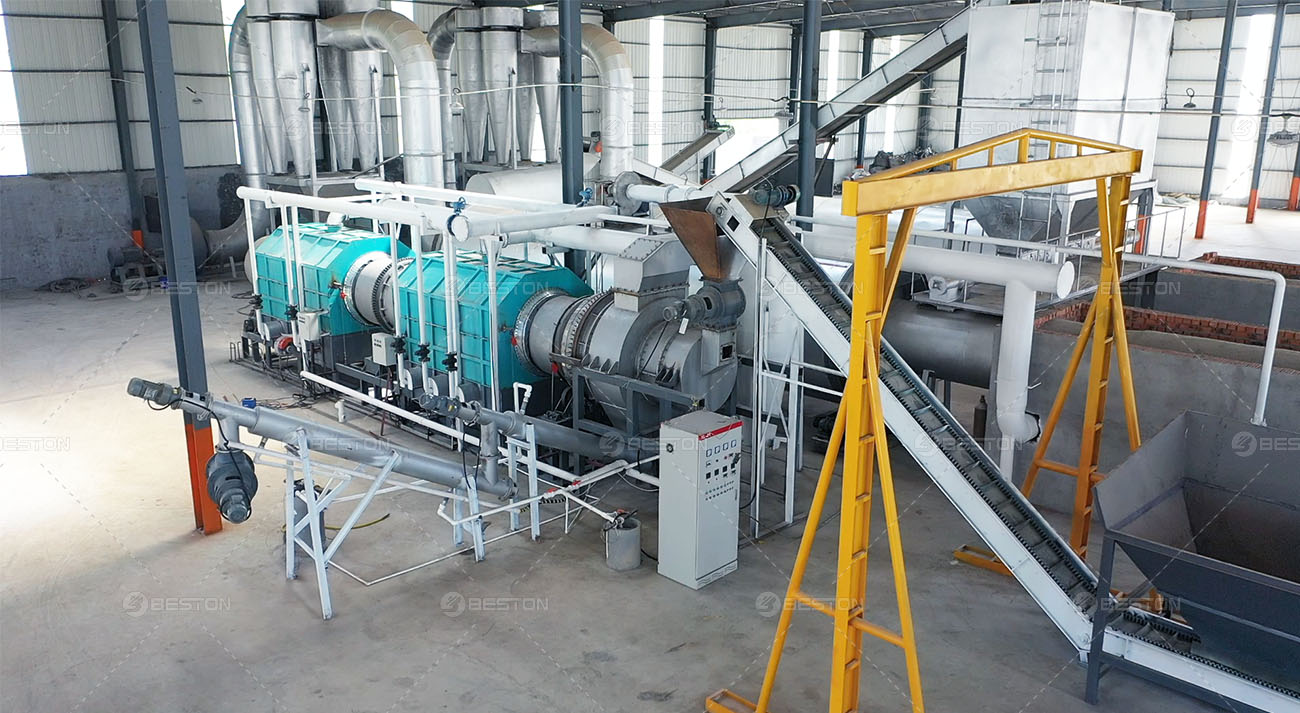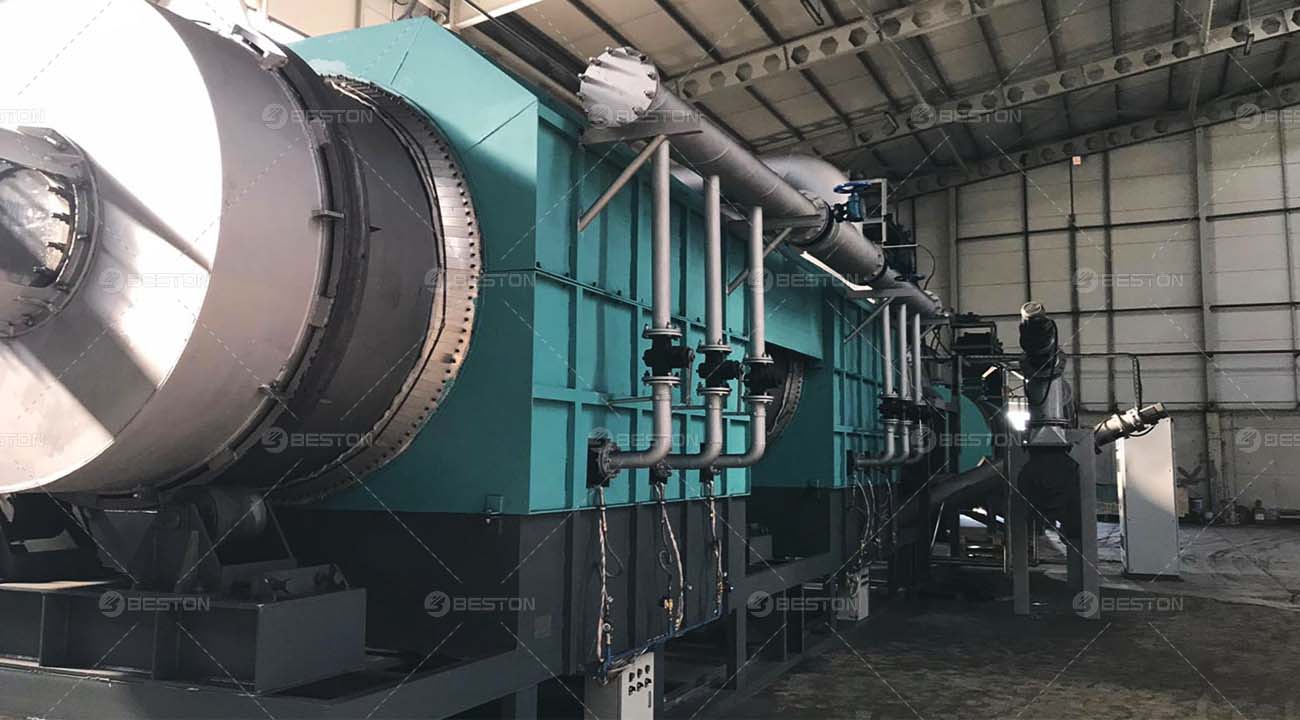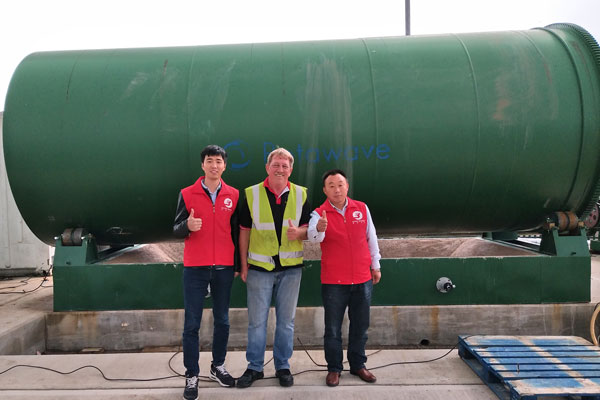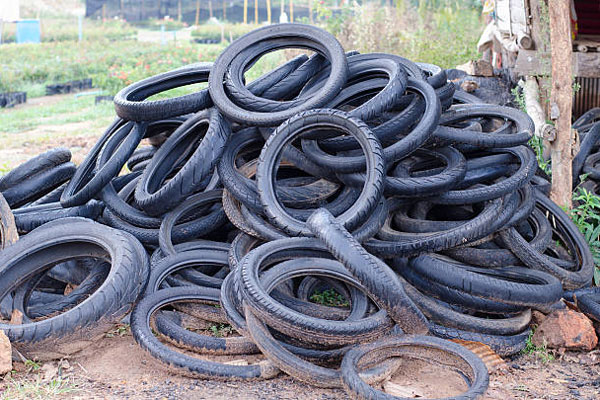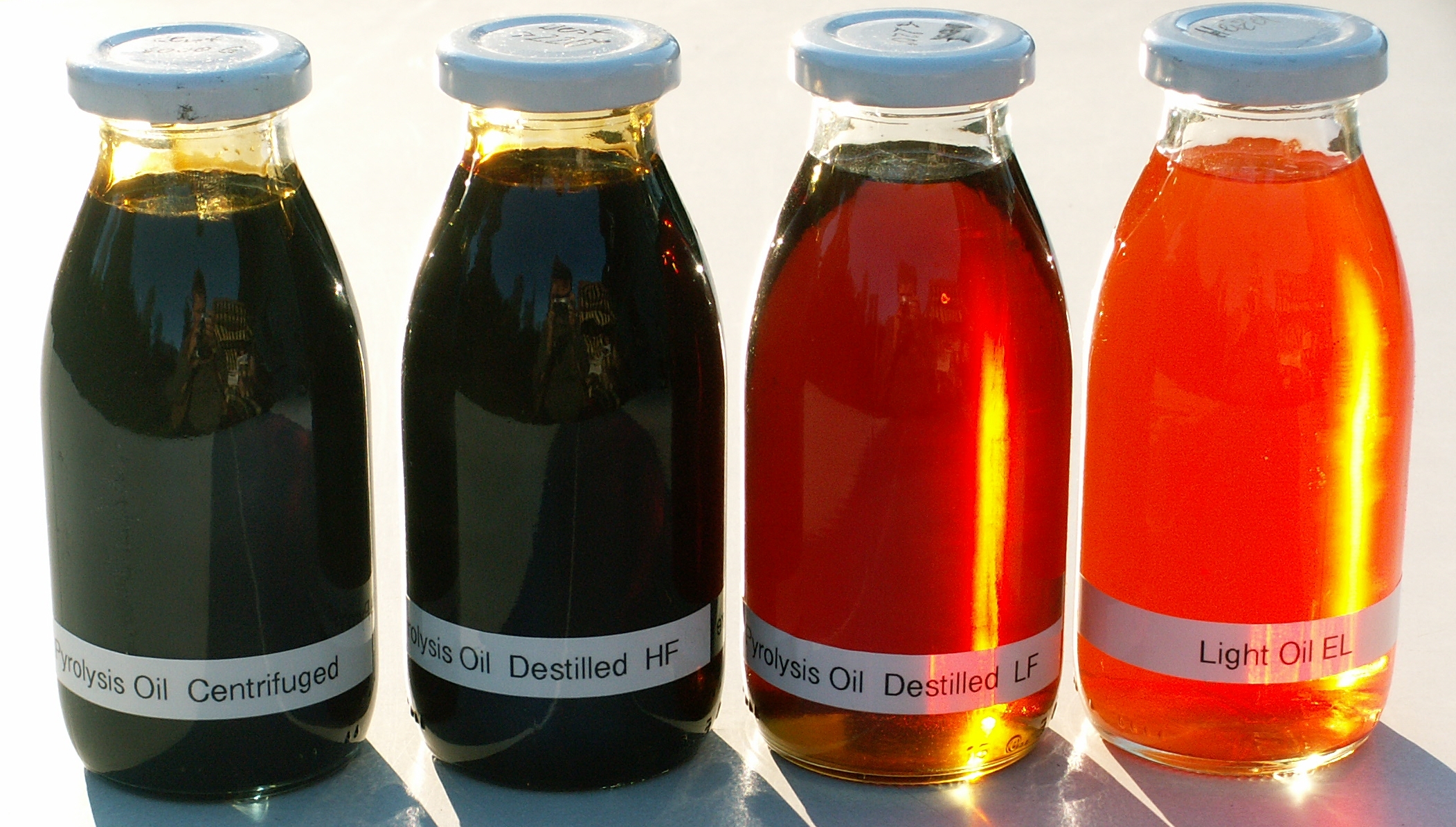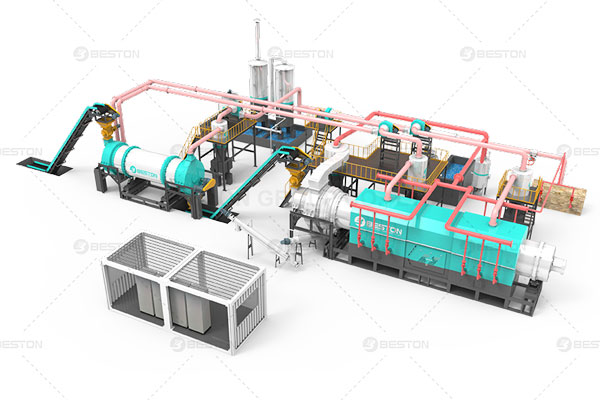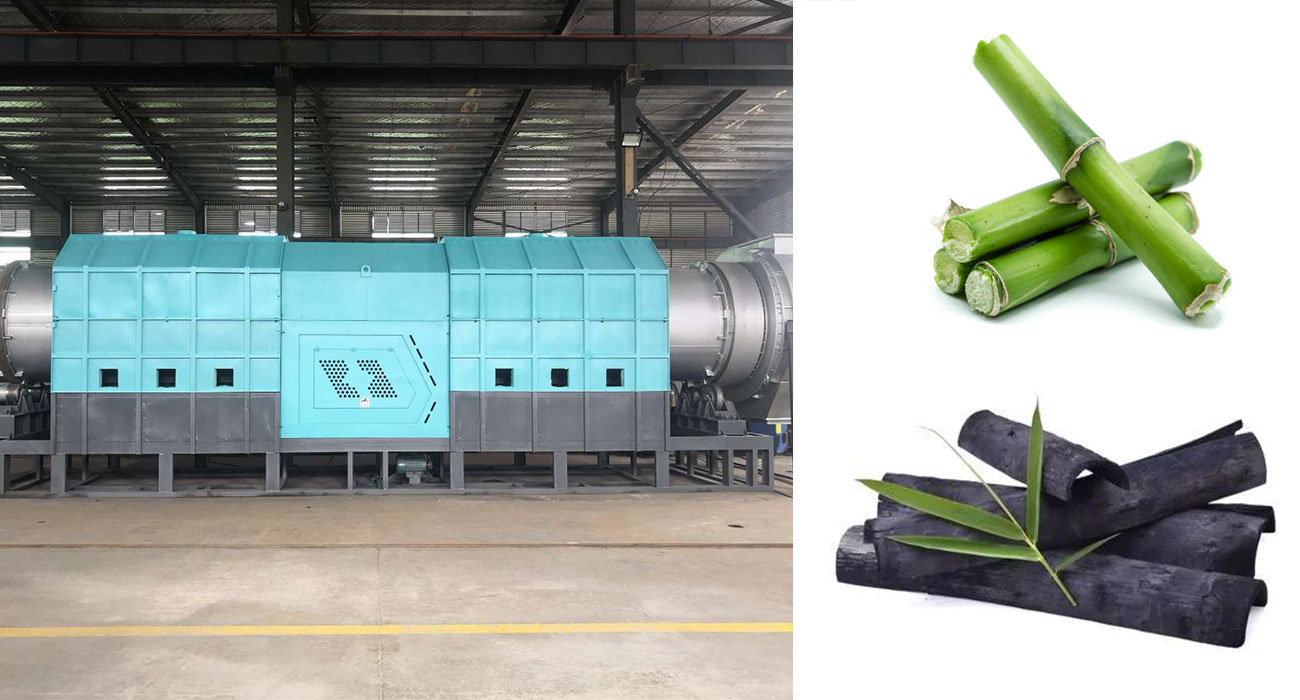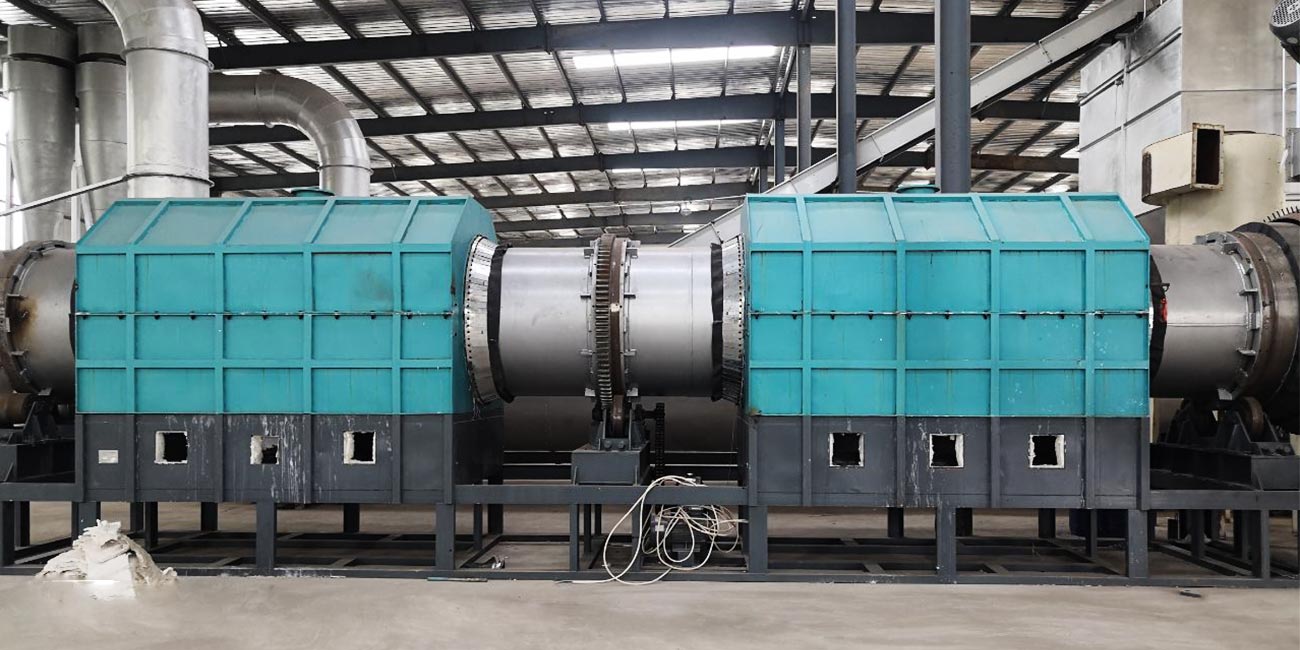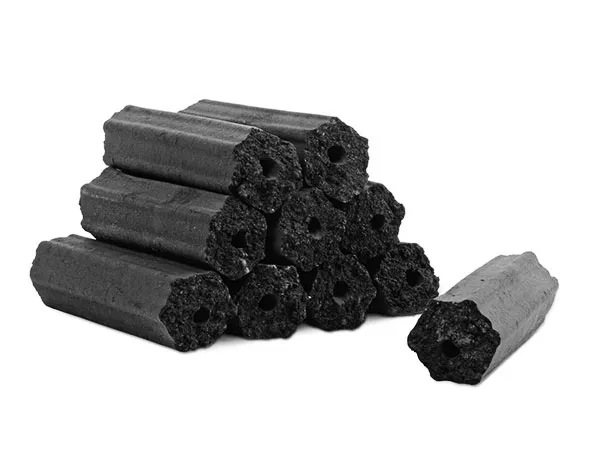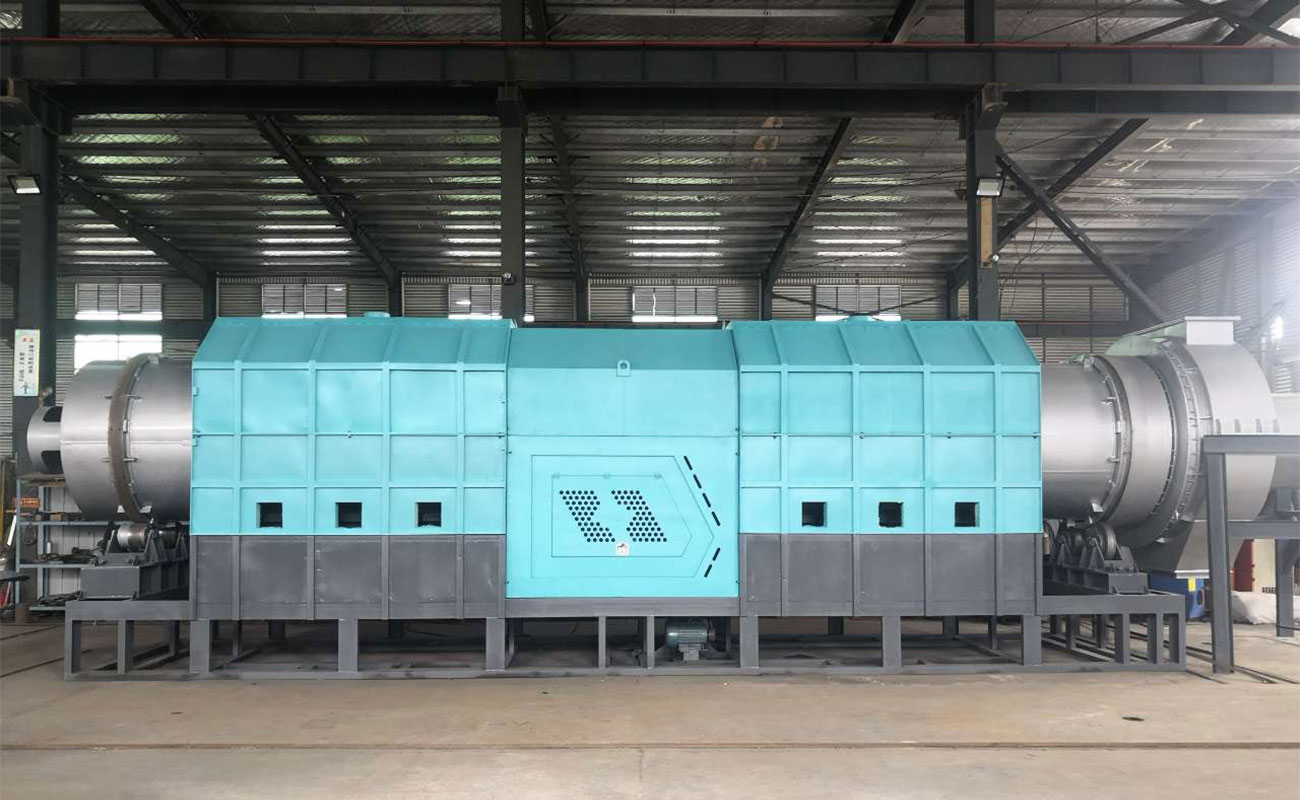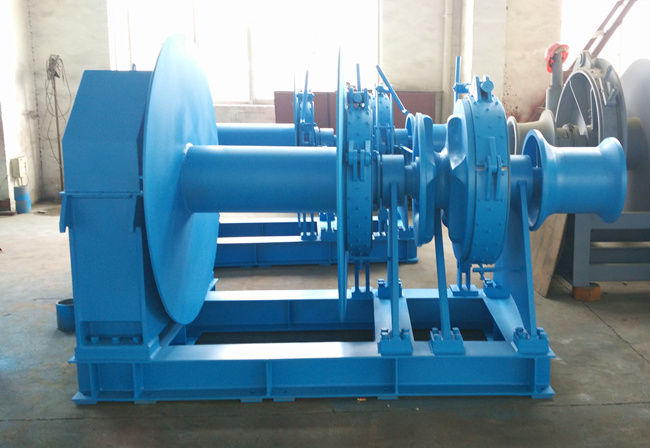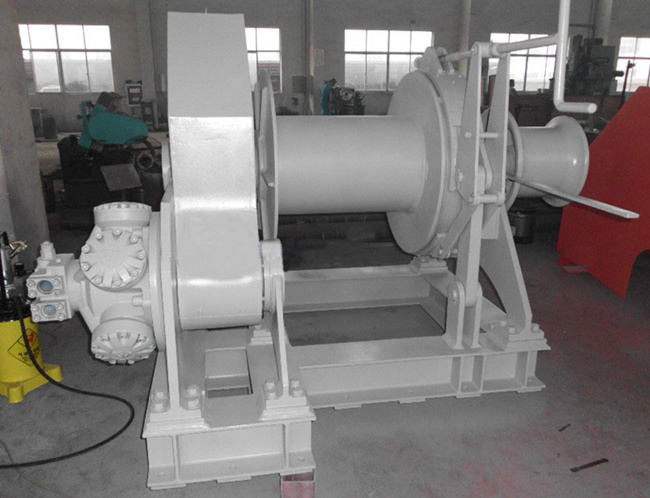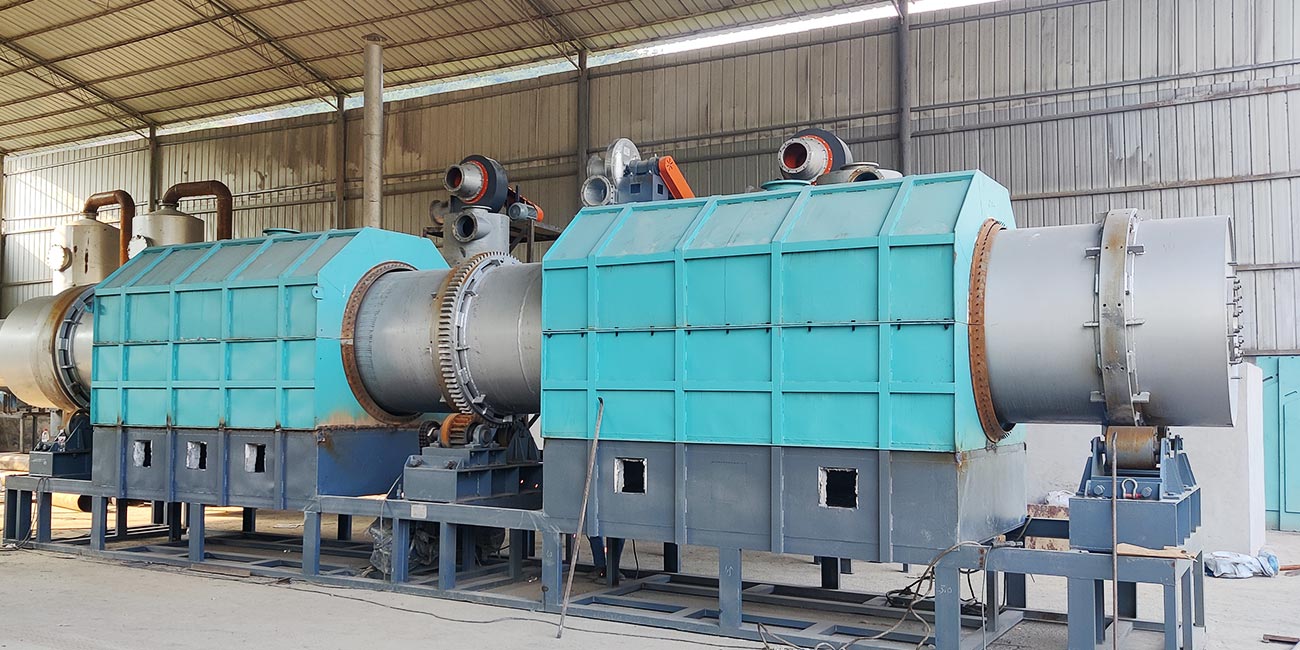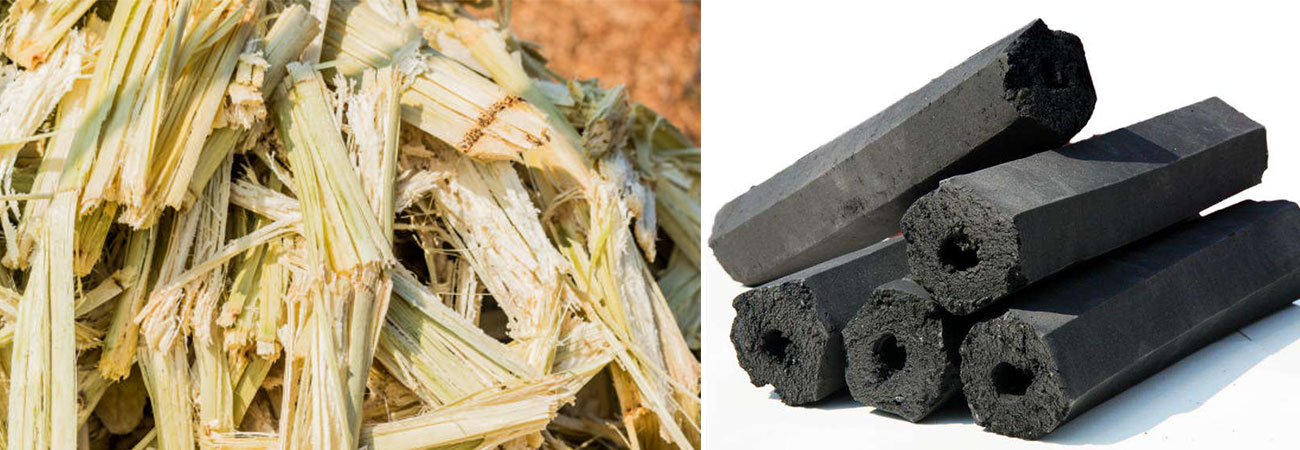In the grand tapestry of environmental innovation, the small pyrolysis machine emerges as a miniature marvel, a technological whisper that resonates with promises of sustainable transformation. This compact powerhouse, often underestimated in its size, holds the key to unlocking the latent potential of waste materials. Let’s embark on a journey through the labyrinth of small pyrolysis machines, where efficiency meets eco-consciousness.
The Miniature Revolution
1. Dexterous Reactor Core:
At the heart of small pyrolysis machine lies a dexterous reactor core. This compact yet formidable center orchestrates the thermal ballet that transforms waste into valuable resources.
2. Catalytic Symphony:
In the confined spaces of these machines, a catalytic symphony unfolds, ensuring that the thermal decomposition of materials is not just a chaotic process but a precisely choreographed dance.
3. Microscale Meltdown:
Operating on a microscale, these machines induce a controlled meltdown, liberating gases and oils from the shackles of waste.
4. Compact Hydrocarbon Harvest:
The culmination is a compact hydrocarbon harvest, a condensed bounty ready to fuel the engines of sustainable progress.
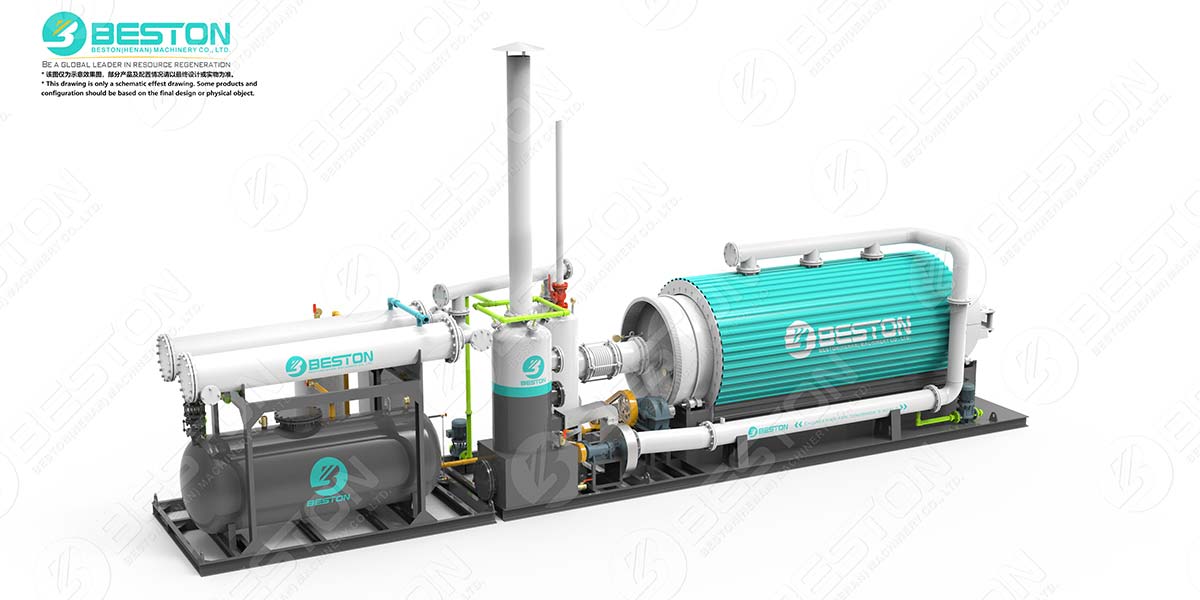
Applications Beyond Size
Don’t let their size deceive you; small pyrolysis machines pack a punch in their applications.
1. Localized Waste Valorization:
In a world craving localized solutions, these machines bring waste valorization to the community level. Imagine a neighborhood turning its organic waste into energy, all thanks to the unassuming presence of a small pyrolysis machine. See the pyrolysis plant cost here.
2. Mobile Eco-Warriors:
Their compact nature transforms them into mobile eco-warriors. Picture a small pyrolysis machine on wheels, navigating waste-rich areas, turning trash into treasure wherever it goes.
Challenges and Triumphs
1. Microscopic Contaminant Combat:
Battling microscopic contaminants poses a unique challenge. These machines, however, engage in a microscopic combat, ensuring that the final output is a pure distillation of sustainability.
2. Size-Efficiency Balancing Act:
Balancing size and efficiency is an intricate act. These machines walk the tightrope, proving that eco-friendly solutions can be both small and mighty.
Future Prospects: Nano-Marvels and Eco-Compactness
As we peer into the future, the evolution of small pyrolysis machines takes center stage.
1. Nano-Marvel Integration:
Imagine the integration of nano-marvels within these machines, amplifying their efficiency to unprecedented levels. The future holds the promise of smaller yet more powerful eco-technologies. Visit the Beston Group here.
2. Compact Carbon Capture:
In the realm of climate action, envision these machines not only transforming waste but also capturing carbon on a compact scale. A future where small pyrolysis machines become stalwart soldiers in the war against climate change.
Conclusion: A Small Revolution with Big Impacts
In the realm of sustainable solutions, the small pyrolysis machine stands tall, defying the conventional expectations of size and impact. From its dexterous reactor core to the catalytic symphony within, this miniaturized marvel exemplifies how eco-compactness can be a potent force for change. As we navigate the path to a greener future, let’s celebrate the unsung heroes in small packages, the machines that embody the essence of environmental innovation. More information on thermal desorption unit here.
